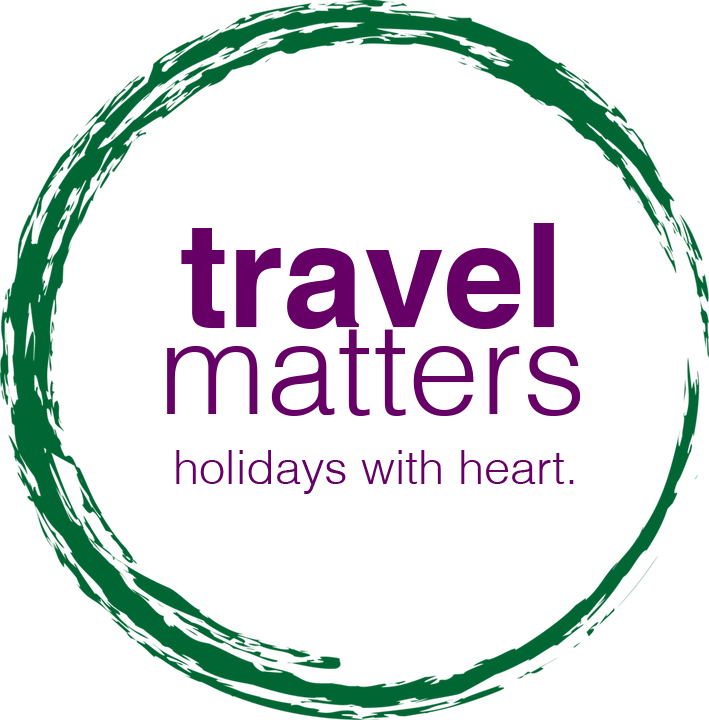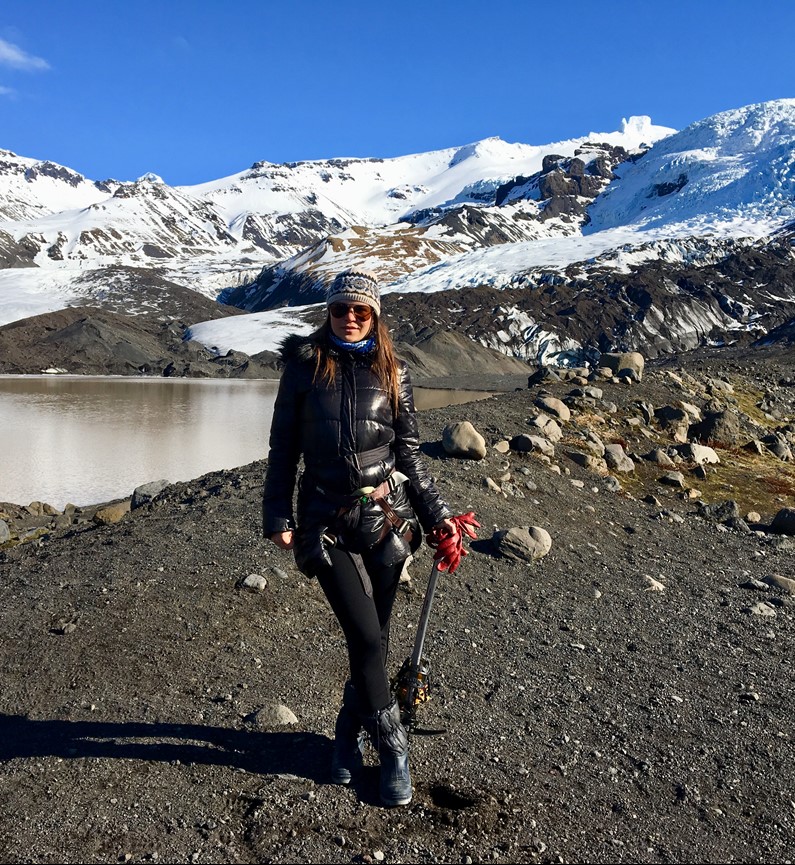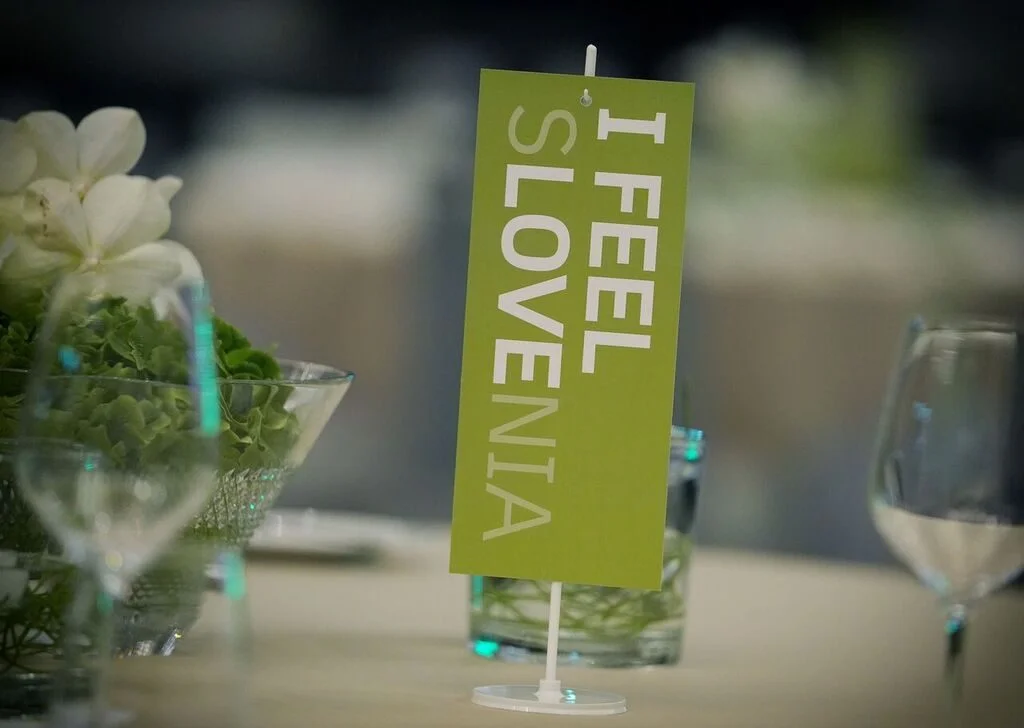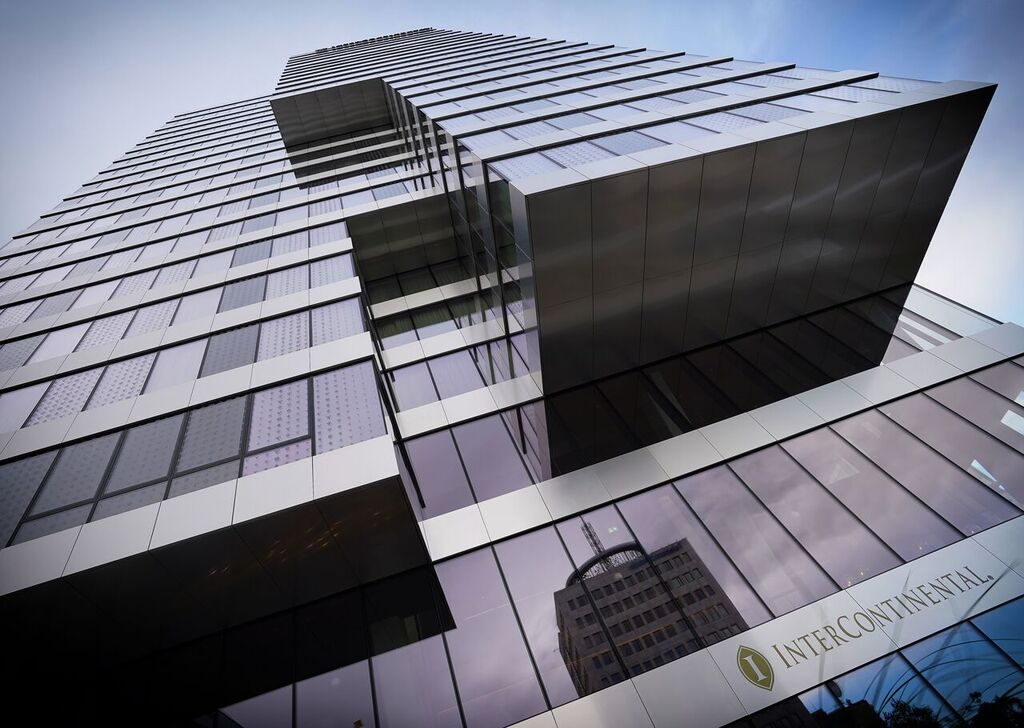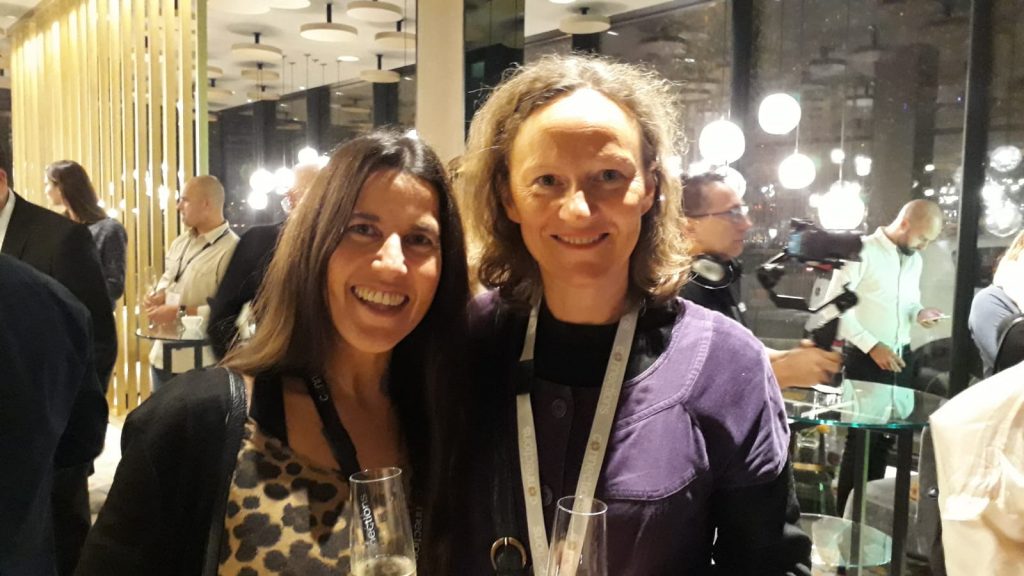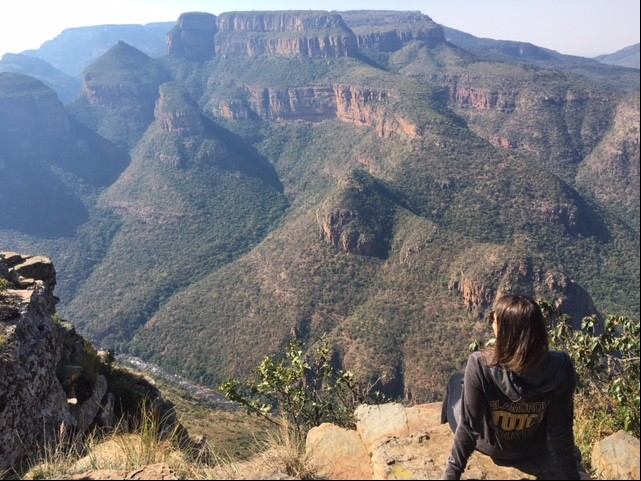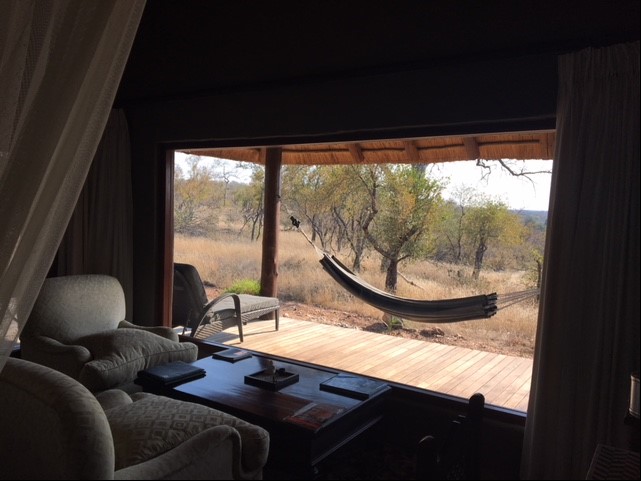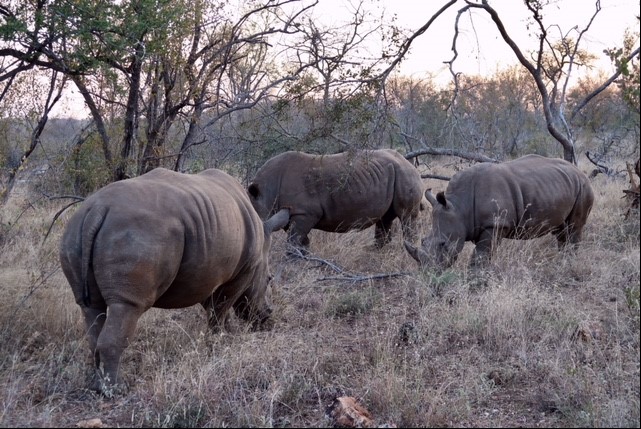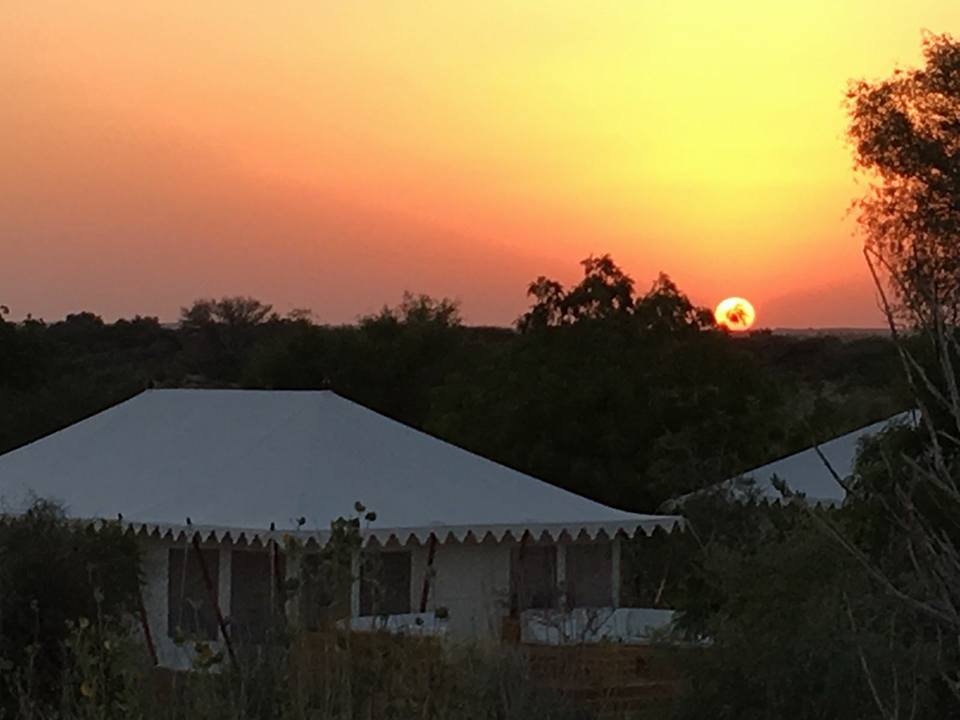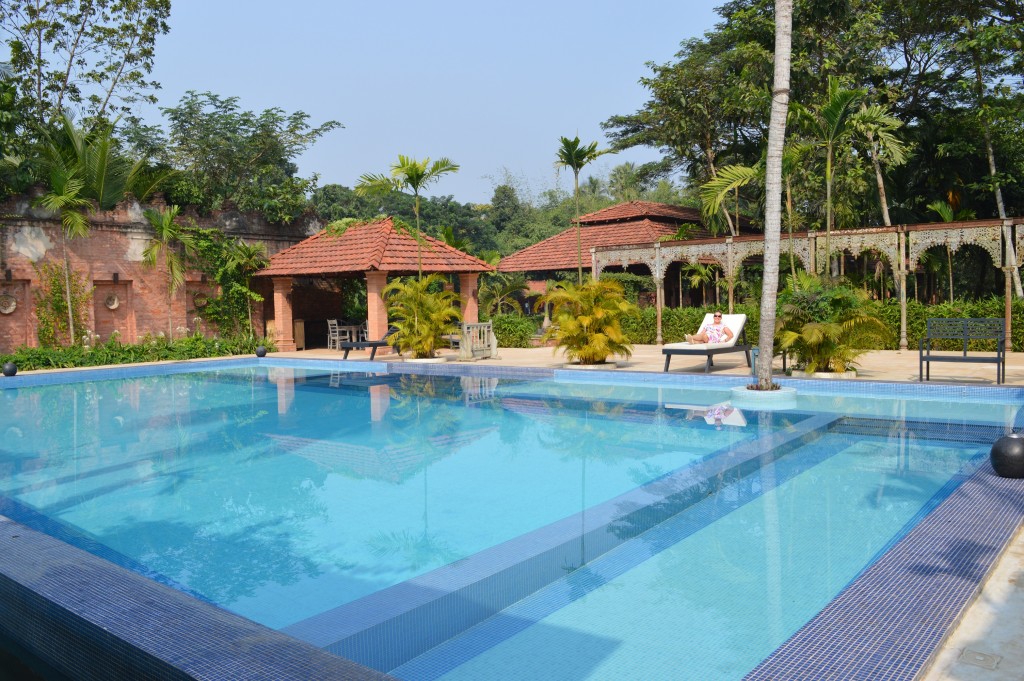If you are a lover of nature and adventure then there are few places in this world that could compete with Iceland. Maryna was very fortunate to visit this beautiful country courtesy of Exsus. The beauty of Iceland is such that it was a location for many films and TV shows, the most recognisable of which is probably the Game of Thrones.
Although Iceland has been receiving a lot of tourism in the past few years, I was completely charmed by its unspoilt nature and, having travelled from London, fresh and clean air.
Icelanders are very protective of the environment and their dedication to recycling, reducing the consumption of plastic and conservation was very close to my heart. Iceland is not a cheap country but everything that you get there, be it locally produced clothing or food, is of the highest possible quality. In fact, foodie as I am, I was quite surprised to discover that food in Iceland was absolutely delicious. It was not only the exotic produce, like Minke Wale, wild goose and rain deer but their pairings with interesting flavours like jam and peanut butter that brought it to a whole new level. Iceland caters very well for vegans and vegetarians also, so not a chance to go hungry, as they grow many vegetables locally in green houses.
Their minimalistic approach to accommodation was right up my street also. You won’t find monstrous hotel complexes in Iceland, the hotels tend to have 60-70 rooms on the average and blend seamlessly into the landscape. Expect a lot natural materials, like wood and lava stone, very comfortable but with no bells and whistles - it is all about the view! Most hotels where I stayed had floor to ceiling panoramic windows with the views of the surroundings.
From some windows you could even enjoy the northern nights! Talking about Aurora borealis, the best time to see them if from September until the end of March, although I travelled in April, I was very lucky to see them too.
Iceland has two distinct seasons, summer and winter. Summer, from April to September, is the time for road tripping, hiking, cycling and whale watching. It is also a good time to see colonies of nesting puffins that come to Iceland in the summer. Winter is all about winter activities and northern lights, although some roads could be closed.
From my experience beginning of April is a good compromise between the two, you may already have a chance to spot wales and dolphins, weather permitting and if you are lucky, see the northern lights, like we did, although days do get increasingly longer and it is not typical to spot them past March.
April is also a good time to see two sides of Iceland, the white snowy Reykjavik and the Highlands as well as mossy green area around Vik.
Only three hours away, Reykjavik is a perfect getaway for an adventure weekend. The city itself is quite attractive with its harbour and numerous cool restaurants and bars, but there is also a possibility to jump on a whale/puffing watching boat departing several times per day or take a helicopter tour and observe Iceland’s unparalleled beauty from above.
There are several tours to chose from ranging from one hour to half a day, or even a full day private tour. The last but not the least is of course the Blue Lagoon, ideally located half way between the airport and the city and thus a perfect stop over en route to/from the flight. Or if you have 3-4 day, why not complete the Golden Circle, covering 300km loop from Reykjavik into central Iceland and back? The Golden Circle is a popular tourist route with three primary stops: the national park, Thingvellir, the Gullfoss waterfall and the geothermally active valley, Haukadalur.
If you want to avoid crowds at the stunning Gullfoss waterfall we can highly recommend taking the secret way to it with a fun and exhilarating ATV experience at Einholt farm.
If you have more time, the breath-taking landscapes of Southern Iceland and the south coast are simply incredible and an unmissable part of Iceland holiday.
You will have a chance to visit the village of Vik, Iceland’s most southern village and an ideal base for visiting the many natural gems of the area. Just a short drive away are the impressive Skogafoss and Seljalandsfoss waterfalls, the famous Reynisfjara beach and the Reynisdrangar Pillars, simply known as the Black Beach.
I particularly enjoyed my visit to the glacial lagoon of Jokulsarlon, whose deep blue waters are dotted with icebergs and are home to hundreds of seals in winter. Icebergs then travel into the ocean dotting the beach with crystal-like pieces of ice in the process. It doesn’t come as a surprise that the beach is called Diamond beach.Another memorable experience was Falljokull glacier track and particularly walking in a deep crevass. It was fascinating to learn about the way glaciers form from our knowledgeable guide.
All in all, I can honestly say this was one of the most memorable trips I have ever taken and will gladly discuss it if anyone is planning a trip to the country. Maryna travelled in April 2019 to Iceland
